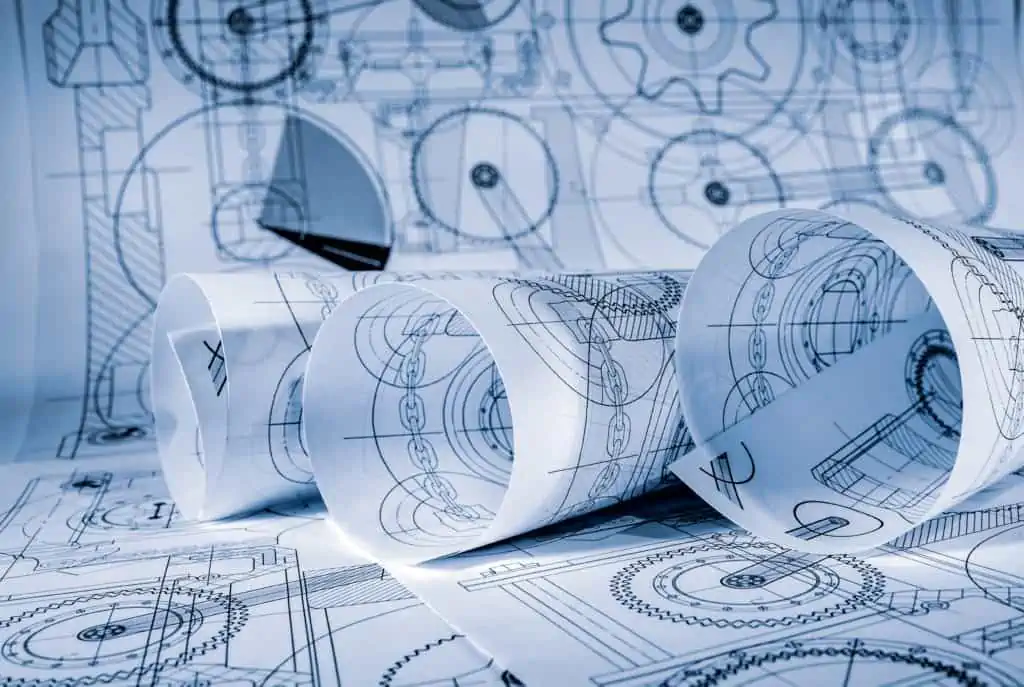Laser marking offers a unique combination of speed, accuracy, performance, repeatability, and versatility that cannot be matched by any other marking or product identification method. Because it is a non-contact process, laser marking can be used on parts whose surfaces would be damaged by competing technologies such as hot stamping, dot peen marking, and pad transfer printing. Laser marking can be accurately applied on a much wider range of part surfaces and part geometries than competing technologies, including smooth, textured, flat, contoured, cylindrical, spherical, and complex shaped parts.
Laser marking is an environmentally friendly process, as it requires no inks or solvents that are required for pad printing and screen printing, and no acids as are required for chemical etching. Because there are no consumables required, and no environmentally unfriendly materials to be disposed of, laser marking is a cost-effective process. Although the initial investment in a laser marking system can be more than for some competing marking equipment, the payback period is typically less than one year.
Content that can be laser printed includes anything that can be programmed into a computer, from:
- Logos
- Photographic Images
- Serial Numbers,
- 2D Codes,
- UID Codes and
- Bar Codes.
The print quality is excellent and precisely repeatable from image to image. Laser marking speeds are determined primarily by the laser power, the complexity and density of the marks, and the nature of the material to be marked. Speeds of 1000 to 1500 characters per second are common and higher speeds are attainable on some substrates.
The advancement of laser technology over the past twenty years has enabled high quality laser marking of a wide variety of materials including:
- Metals,
- Metal Alloys,
- Plastics,
- Ceramics,
- Rubber,
- Glass,
- Wood,
- Painted Surfaces, and
- Other Organic and Synthetic Materials.
With the range of laser types available today, selection of the right combination of laser power and wavelength allows quality marking of delicate materials that previously could not be marked by any existing technology. Laser marking software that allows pulse shaping and other advanced techniques for minimizing heat effects (HAZ) on the surface of the part to be marked has expanded the variety of materials that can be successfully laser marked.
Laser marking is reliable, even in difficult production environments, and does not require that parts be cleaned before or after marking. The marks are permanent, whether they are smooth annealed surface marks or they are engraved into the material to a prescribed depth. The marks will survive the harshest of environments, and the only way to remove them is to physically grind them off.
Traceability Marking
Companies in high-technology Industries such as medical, aerospace, semiconductor, and automotive are using lasers to mark traceability information on critical parts. While traditional 1D barcodes are still used in many applications, 2D codes have become the format of choice for high tech applications because much more information can be packed into a much smaller space than with 1D barcodes. A good example can be found in a medical device application where complete traceability information is contained within 2D codes laser marked on the heads of tiny surgical screws. The combination of mark permanence, hygiene, and the counterfeit-proof characteristics of laser marking make it the marking method of choice for critical parts used in high technology applications including implantable medical devices.
In addition to its use for identifying manufacturing source and other details in case of product recall, laser traceability marking has come into wide use within manufacturing operations to track the movement of components throughout the production process. This level of control brings great improvements in production efficiency and scrap minimization.
Ultrashort Pulse Laser Technology
Relatively recent advances in laser technology have solved former laser marking issues associated with the heat generated by the laser marking process, such as melting, ablation, or other undesirable effects of HAZ (Heat Affected Zone). The emergence of ultrashort pulse laser technology enables “cold marking” to create a mark that does not damage the material or create microfractures that can damage the structural Integrity of the material. This ability to permanently mark parts with minimal or no HAZ is particularly important for marking or cutting delicate materials such as Titanium, Nitinol, and medical grade polymers.
Another useful application for ultrashort pulse femtosecond lasers is marking inside transparent materials. The main advantage is that information (including 2D/3D security and identification marks, serial numbers, logos, barcodes, and graphic images) can be written directly inside the transparent object by creating refractive index irregularities without damaging the surface of the object. Among the features of this process are:
- Colorful Markings and Structures in Glass and Sapphire
- High Positioning Accuracy – 3D Marking Available
- Microscopic or No Cracks Near the Markings
- No Heat-Affected Zones (HAZ)
- Low or No Influence On the Strength of the Substrate
Laser Marking Systems
Laser marking systems are available as turnkey, standalone solutions in a wide variety of Class I Workstations or can be integrated into existing production lines. The systems are highly customizable to meet customer-specific requirements. This flexibility, together with the quality and permanence of the marks, make laser marking the clear choice for the most complex marking requirements faced today by companies in virtually every industry.
Do you have a laser marking application? *
Would you like more information on laser marking technology and applications?
Please complete our Contact Us form and we will respond quickly.
*Send us a part for a complimentary marking sample from our Applications Lab.
